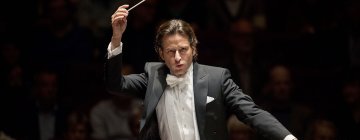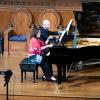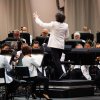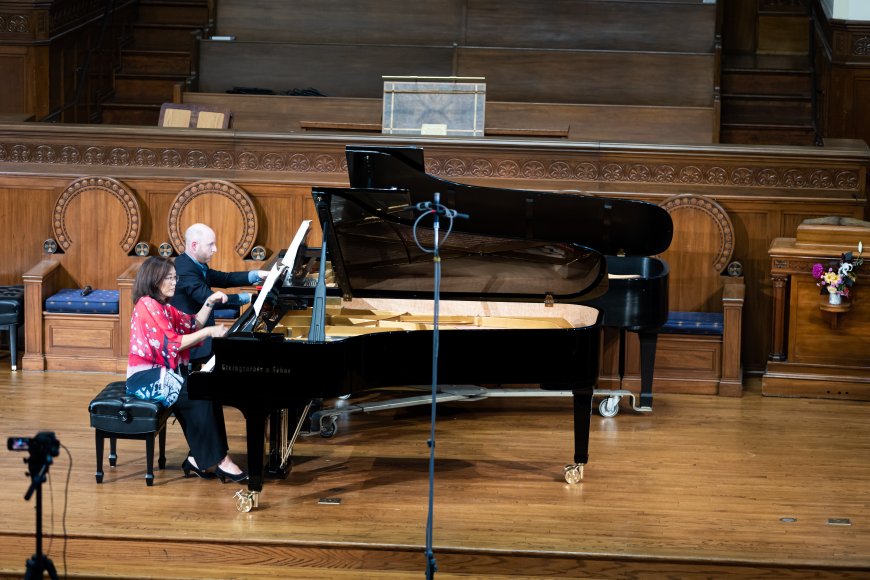
On opening night, the 8th annual San Francisco International Piano Festival revisited the city’s past by re-creating an all-Maurice Ravel program that was performed at San Francisco’s St. Francis Hotel ballroom in 1928, when the composer was on an American tour.
The concert, presented at Old First Church on Friday, Aug. 22, offered listeners an omnibus of genres — vocal music, solo piano works and a violin-piano sonata in this case — once common but rarely encountered now. In an added dash of 1920s atmosphere, the women performers wore fringed and sequined flapper dresses.
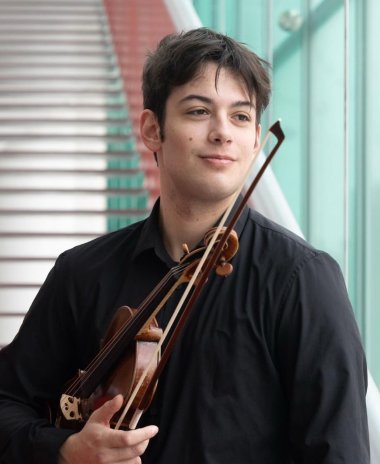
This spirited and sometimes surprising evening opened the Festival’s week-long tribute to Ravel and Ravel-adjacent composers. The impetus, as if one were needed to justify an immersion in the French master’s alluring music and its influence, is the 150th anniversary of the composer’s birth.
The evening opened with Shéhérazade, the first of three song sets on the program, and made a striking impact. That was due in large measure to mezzo-soprano Kindra Scharich’s rich-hued tone, liquid register shifts and keen attention to poet Tristan Klingsor’s verses — “now pungent, now wistful, now pert.”

The first and longest song in the set, “Asia, Asia, Asia,” illustrated how far sensibilities can change in the course of a century. Over pianist Jeffrey LaDeur’s shimmery runs and gong-like chords, lines that might have been heard as innocent Orientalist exotica by Ravel’s 1928 audience landed more uneasily now.
“I long to see beautiful silken turbans above black faces with white teeth,” and “I long to see grasping merchants with shifty looks,” went several lines (in translation).
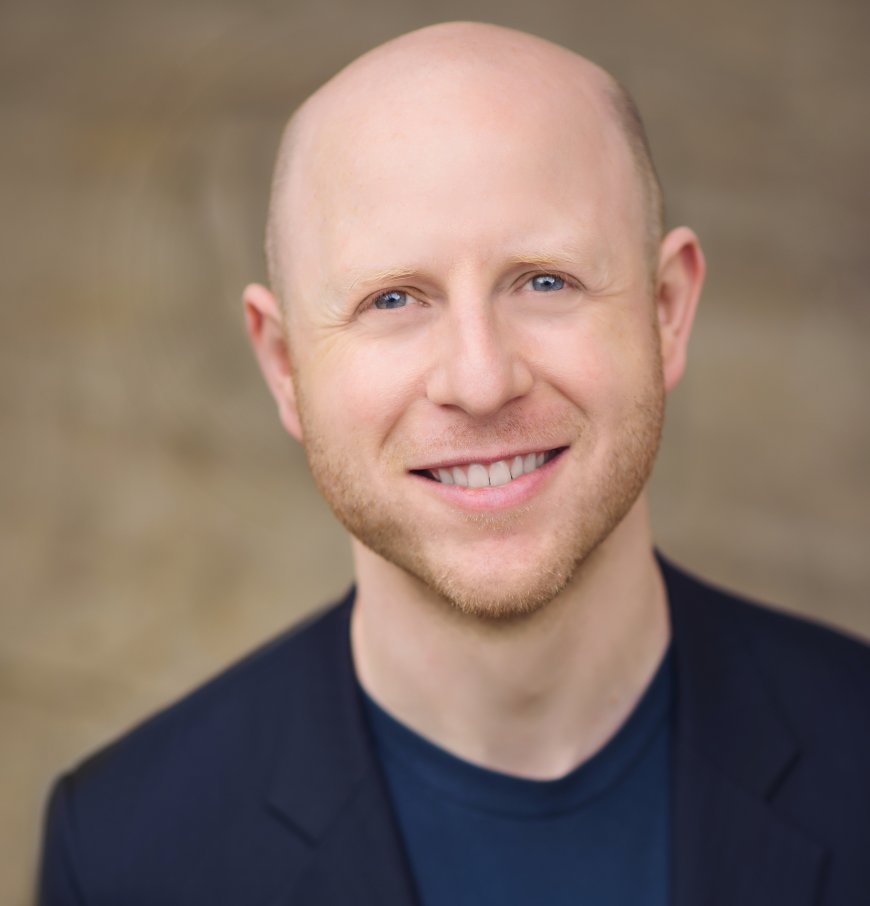
The point here is not that the song shouldn't be done. Indeed, at several points Scharich seemed to add a kind of distancing irony, letting her gaze drift off distractedly and adding a poisonous lean on a line about longing for “roses and blood.” Touches like that brought past and present together in a parallax view. That's the sort of revitalizing thing musical excavations can do.
No such issues arose with Histoires Naturelles, a series of colorful animal portraits with texts by Jules Renard. Scharich made her own feast of Renard’s vividly evoked, rambunctious creatures. She brought to life a peacock who wants to get married, a strident guinea fowl and a cricket who wears a tiny watch. Unlike the famously placid Swan in Camille Saint-Saëns’ Carnival of the Animals, Ravel’s bird is a worm-catching glutton, riding on busy piano ripples.
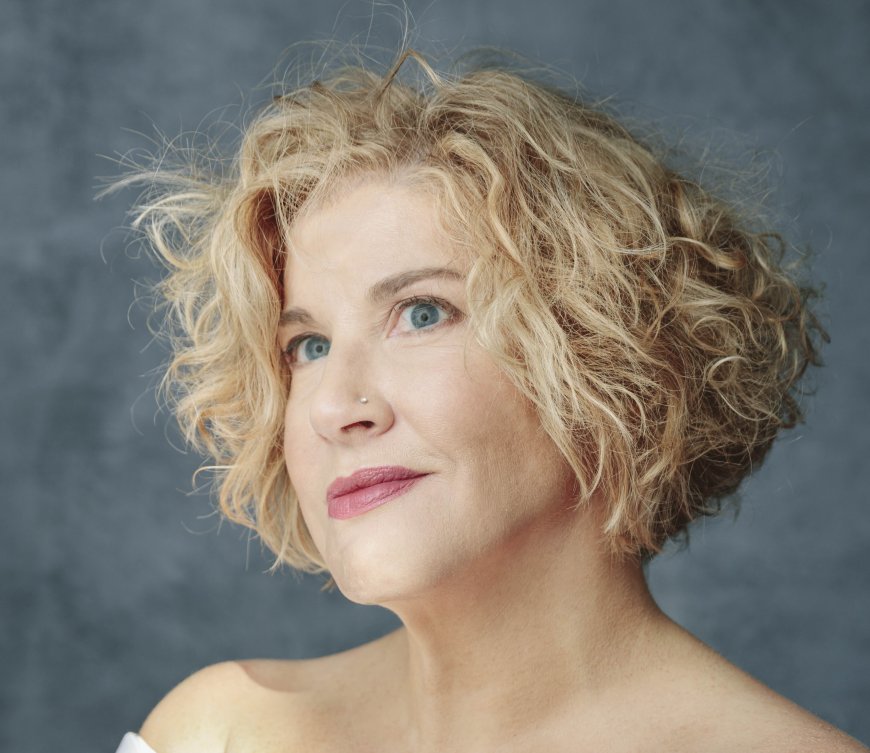
Soprano Heidi Moss Erickson had less to work with in Chansons Grecques, a set of five works. But the singer made the most of these Greek-inflected folksongs, highlighted by a sweetly love-struck “Song of the Lentisk Pickers.”
The second part of the program began with Ravel’s Sonata for Violin and Piano, a technically demanding and expressive work. After a somewhat bland opening movement, violinist Chili Ekman came alive in the bluesy middle movement, firing off the pizzicati and digging into the gliding steel guitar-like passages. With LaDeur at the keyboard, the whirring final movement scampered by on mutually sure feet.

Gwendolyn Mok handled the evening’s solo piano duties. Her best work came last, in four pieces from Ravel’s brilliant neo-Baroque Le tombeau de Couperin. The Prélude flowed by like a sparkling stream. Mok brought rhythmic and dynamic energy to the Forlane and Rigaoudon. The Menuet brought the evening to a gentle close.
Did it matter that Mok omitted the Fugue and Toccata? Nope. She was doing exactly as Ravel did when he played his truncated "Tombeau" on a Mason & Hamlin pianoforte that February, 1928 night. The music would have sounded a little different, lighter and possibly less dramatic on that instrument than it did on Friday’s Steinway. Perhaps inevitably, we hear the past with modern ears.
San Francisco International Piano Festival runs Thursday, Aug. 21-Sunday, Aug 31 at Old First Presbyterian Church, 1751 Sacramento Street, SF. https://sfpiano.org/. www.oldfirstchurchconcerts.org.
